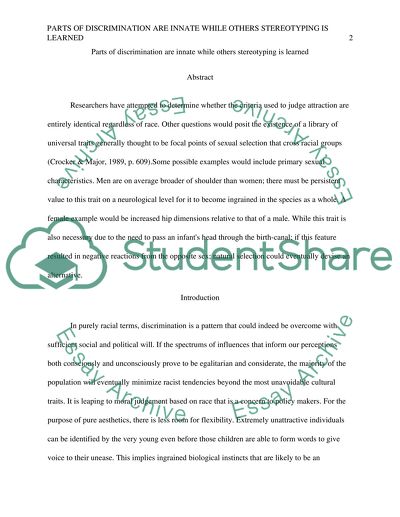Cite this document
(“Discrimination. Stereotyping of Facial Attractiveness Research Paper”, n.d.)
Retrieved from https://studentshare.org/psychology/1396154-discrimination-stereotyping-of-facial-attractiveness
Retrieved from https://studentshare.org/psychology/1396154-discrimination-stereotyping-of-facial-attractiveness
(Discrimination. Stereotyping of Facial Attractiveness Research Paper)
https://studentshare.org/psychology/1396154-discrimination-stereotyping-of-facial-attractiveness.
https://studentshare.org/psychology/1396154-discrimination-stereotyping-of-facial-attractiveness.
“Discrimination. Stereotyping of Facial Attractiveness Research Paper”, n.d. https://studentshare.org/psychology/1396154-discrimination-stereotyping-of-facial-attractiveness.


